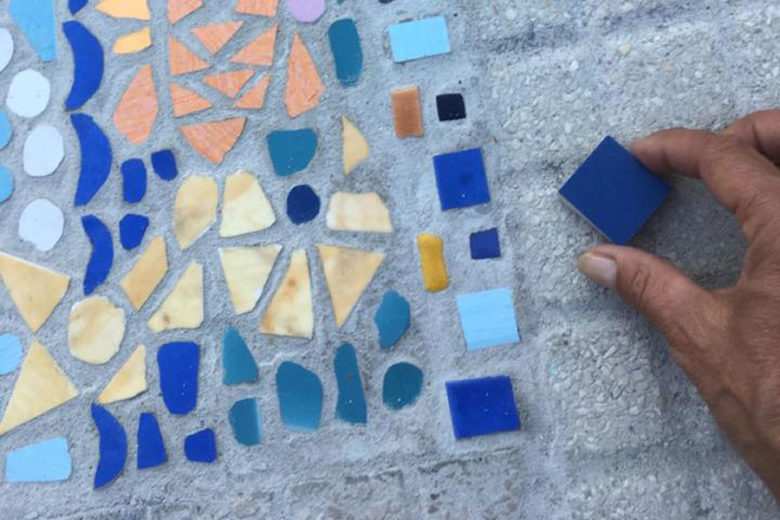Sicilian “tuppu” and its three meanings
There is no doubt that this word, whether it indicates a feminine hairstyle or the prominence of the exquisite brioche that comes with the granita, hides something curious in its etymological history. But what?
Think of the girls who like to gather their hair in a tight chignon behind their neck. Now think of those typical Sicilian brioches, which are often stuffed with ice-cream or eaten with granita in bars. What do the two things have in common, besides the fact that some people belonging to the first category can be lovers of the second? In the Sicilian dialect they actually have much more in common than you could expect. But let’s go with order.
In ancient Norman the hair braid was called toupin, while in Gallic it was toupeau and in ancient French the term top meant tuft. These words flowed into the modern French toupet, which therefore has the same root and indicates the bun in which the hair is gathered. From there, the lemma arrived in Sicily and became tùppu.
Handed down from generation to generation, the term does not have a single meaning nowadays. The protruding and rounded shape that creates the chignon on a female head, in fact, has been metaphorically associated with the brioche mentioned above, characterized by a higher central protuberance. Then, if you want to be sure not to create misunderstandings with the person you are addressing, choose the longer expression bbriòscia cco ’tuppu to indicate the Sicilian pastry.
Anyway, most do not know that the term tùppu also has a third meaning in the Sicilian dialect, even if by now it has almost fallen into disuse: in fact, in once meant courage and disinhibition. Therefore, the proverb Ccù teni ‘u tùppu nun si mmarìta (whoever owns a tùppu will not get married) does not mean that only girls who didn’t collect their hair in a bun or who don’t hold a brioche in their hands will find a husband, but that only women with a bold attitude will conquer a good party, at least according to an ancient popular belief.
Translated by Eva Luna Mascolino



